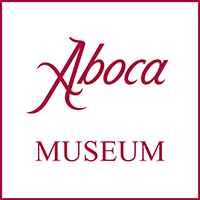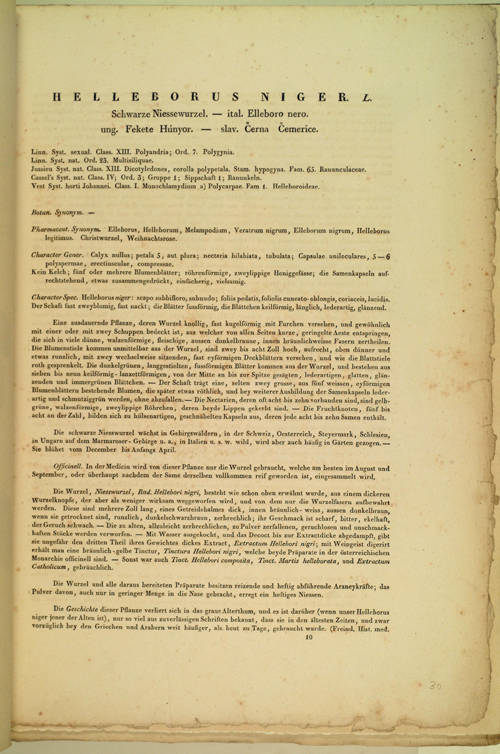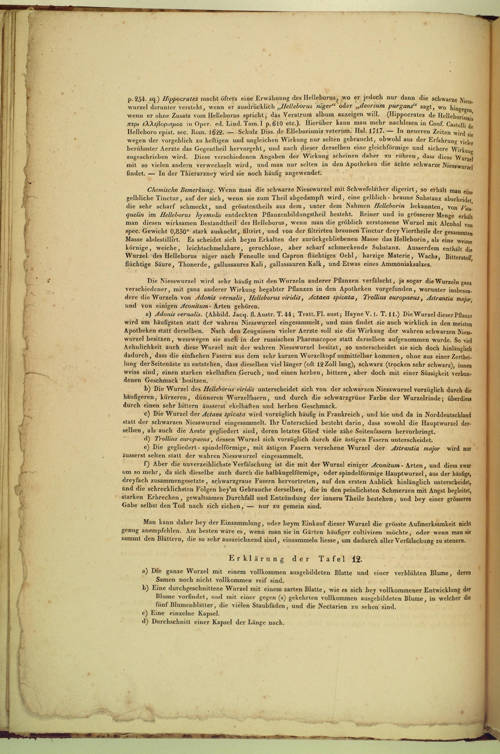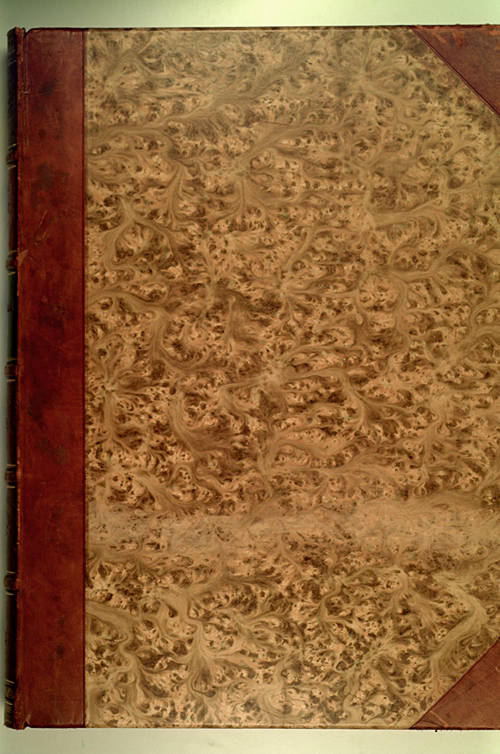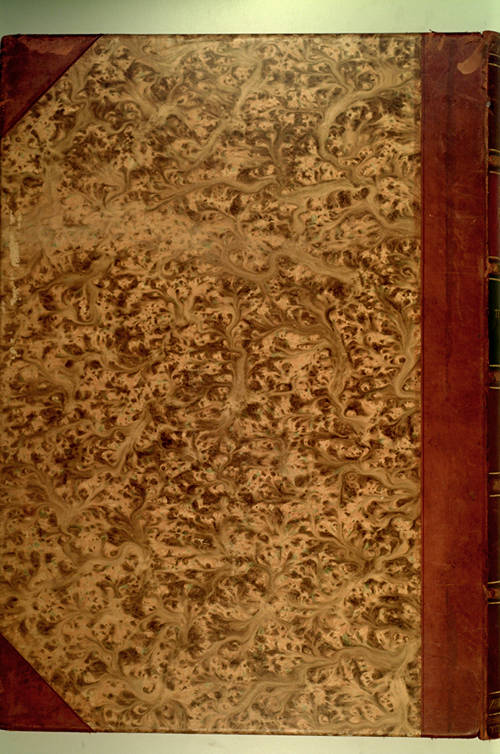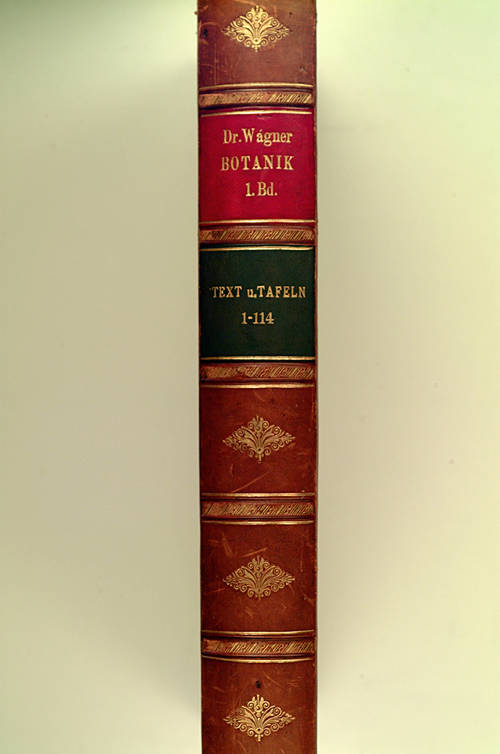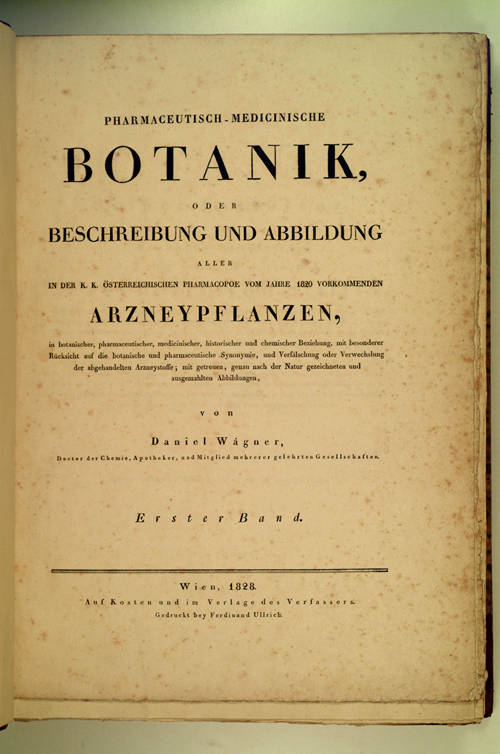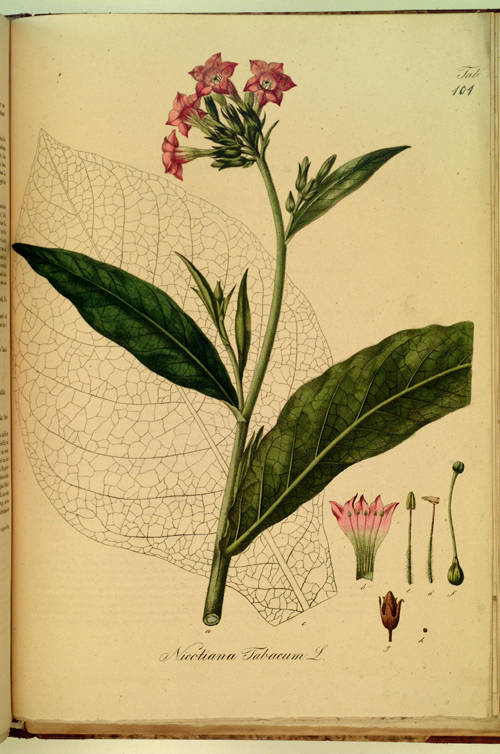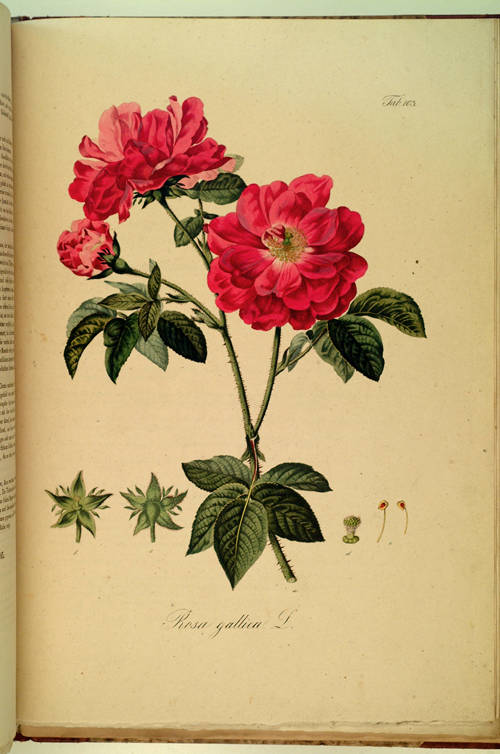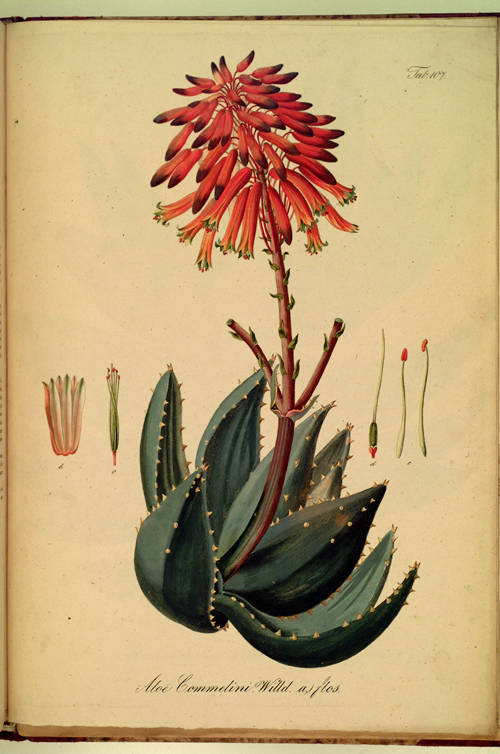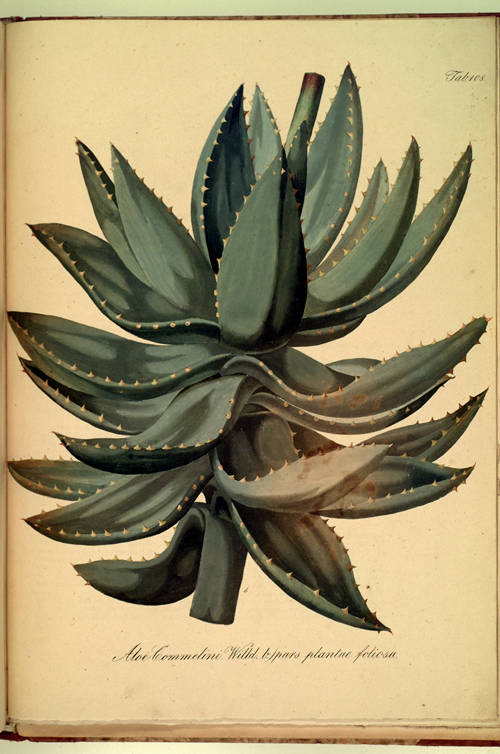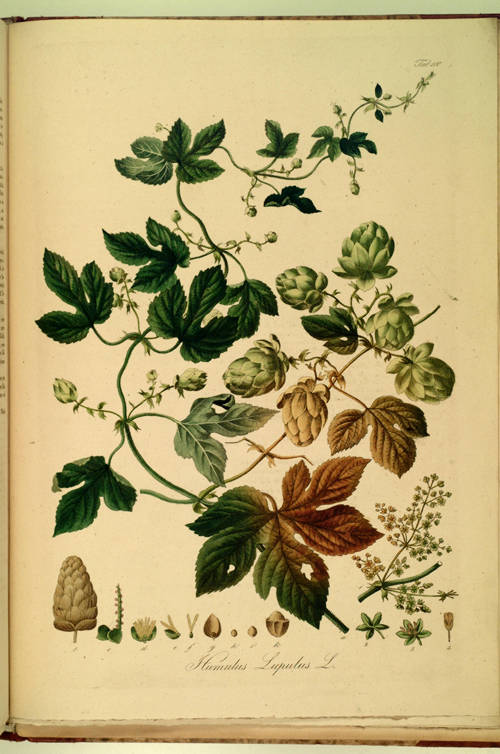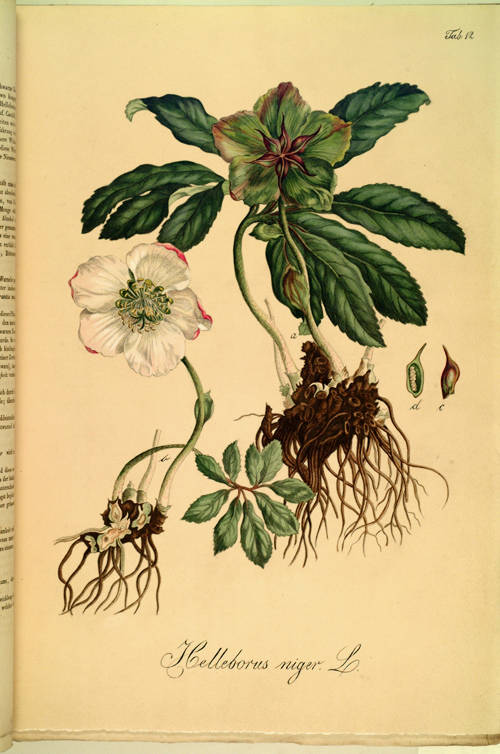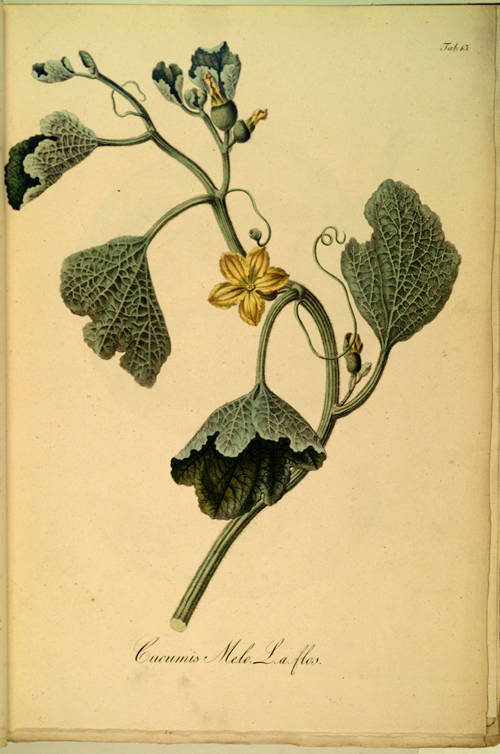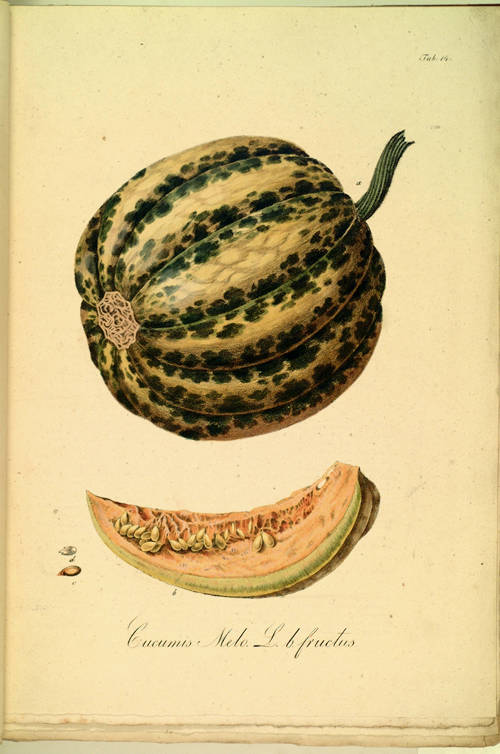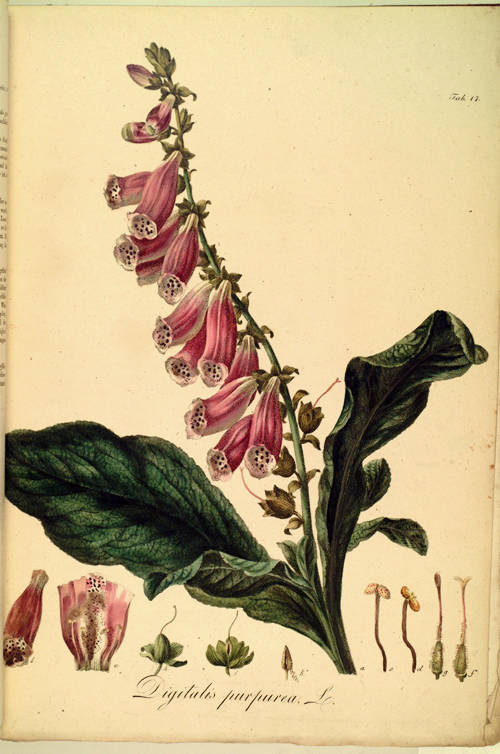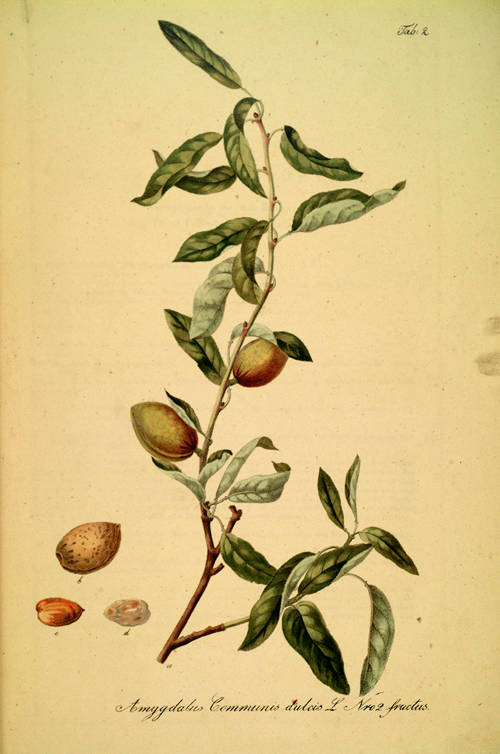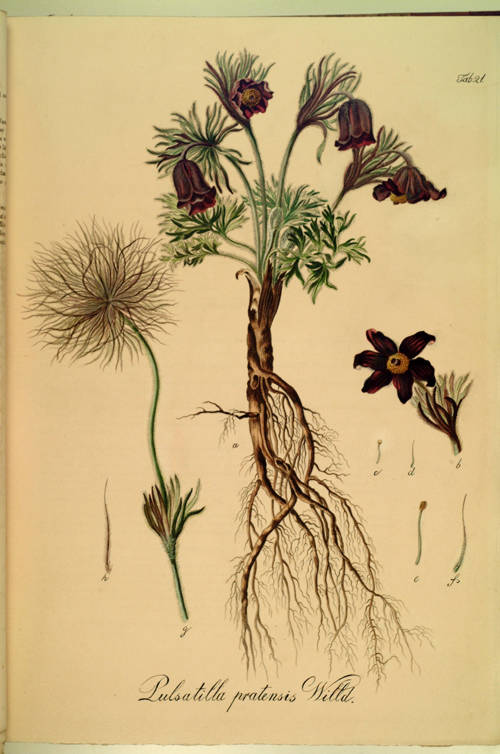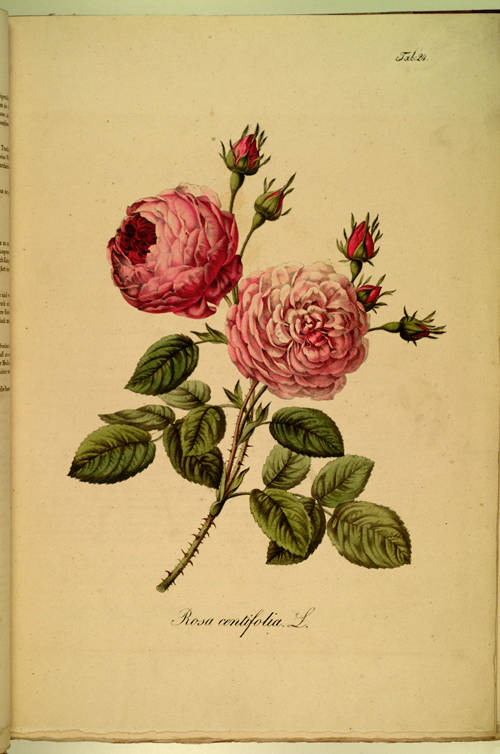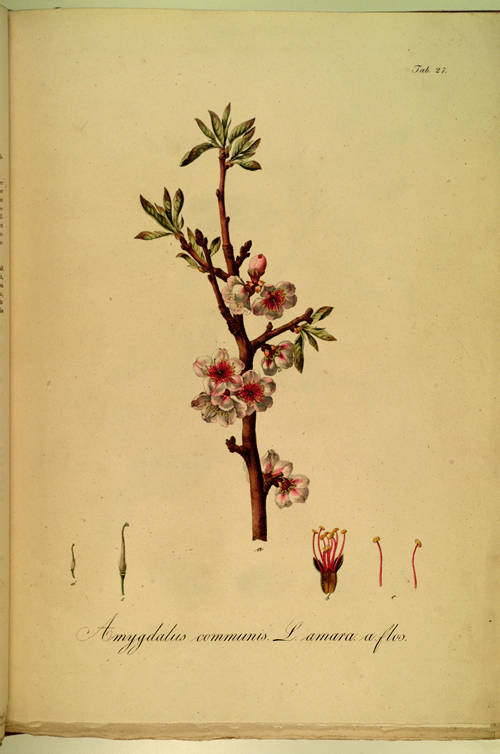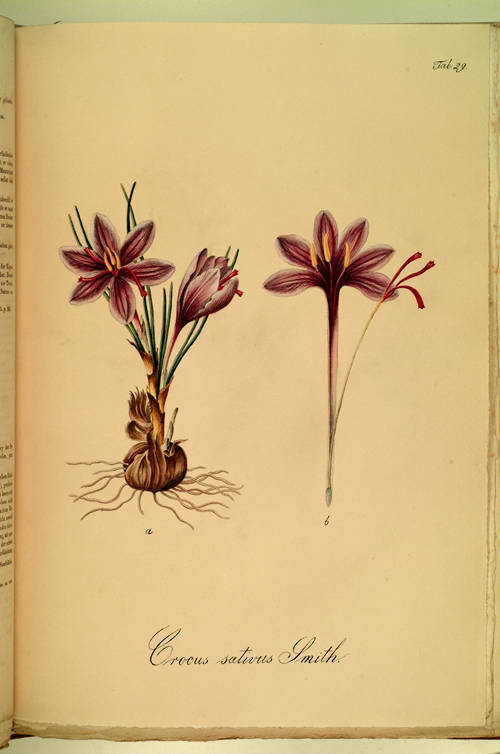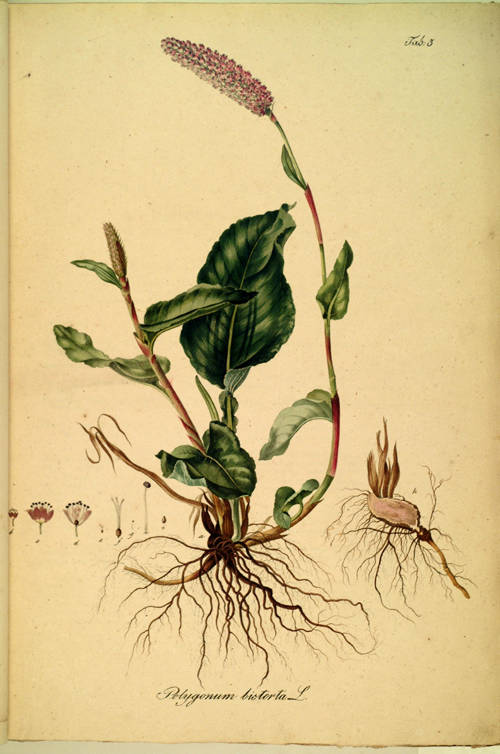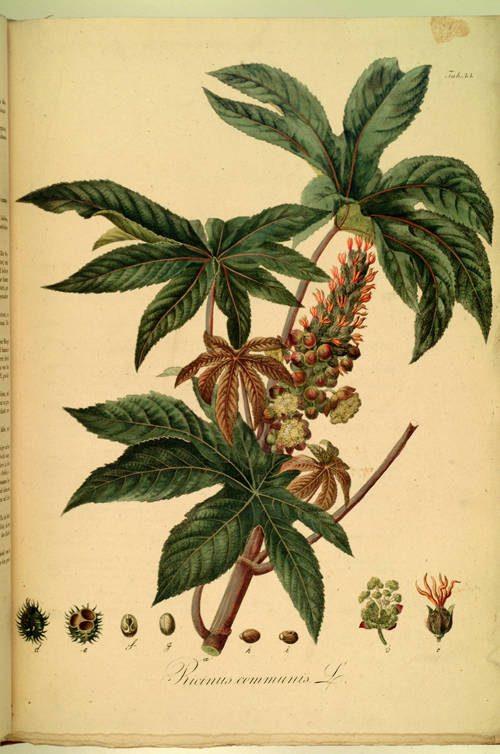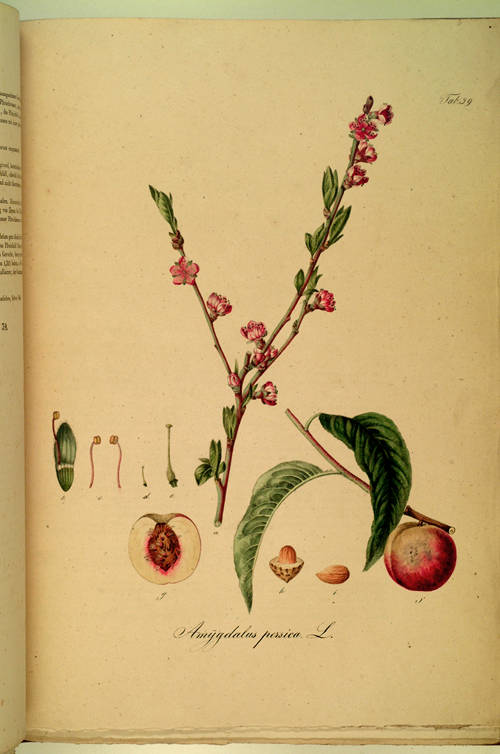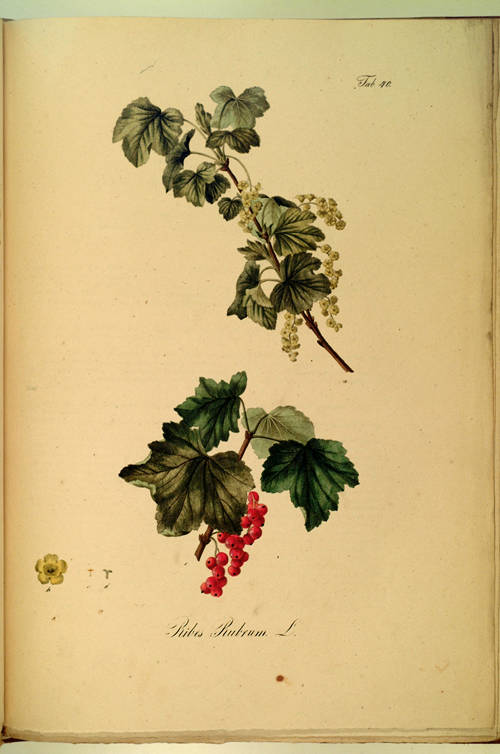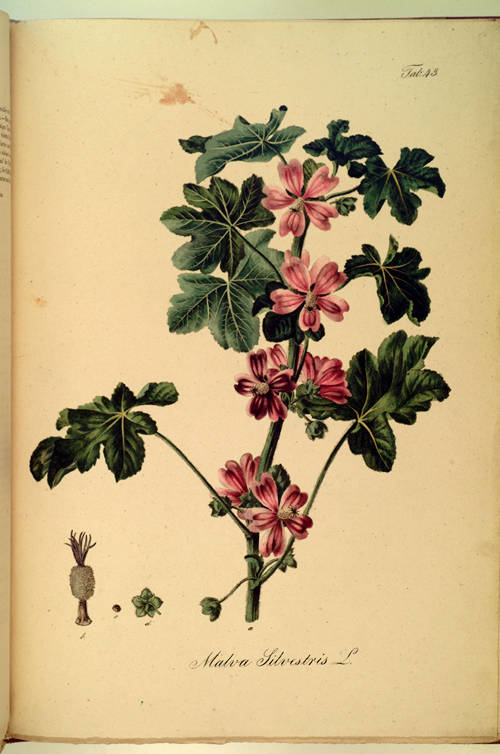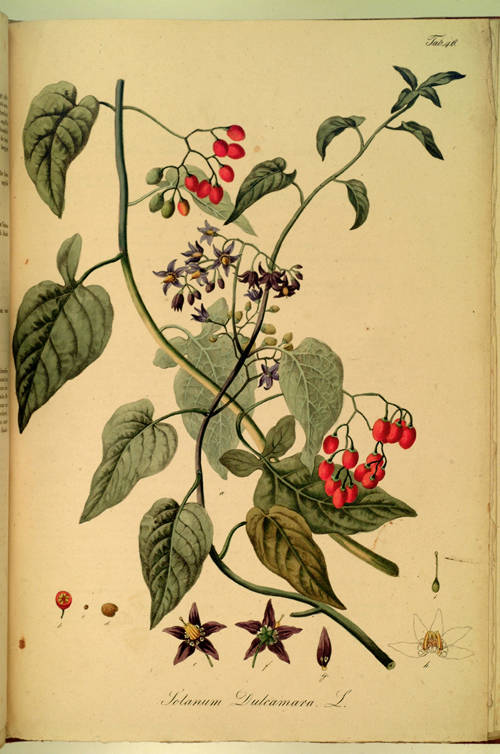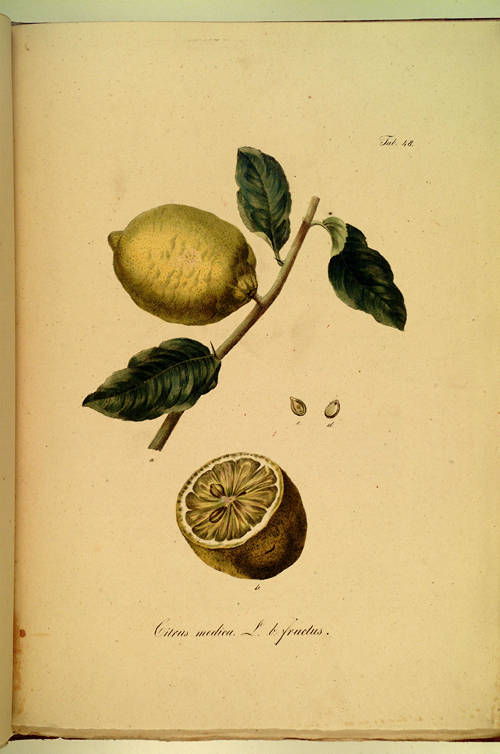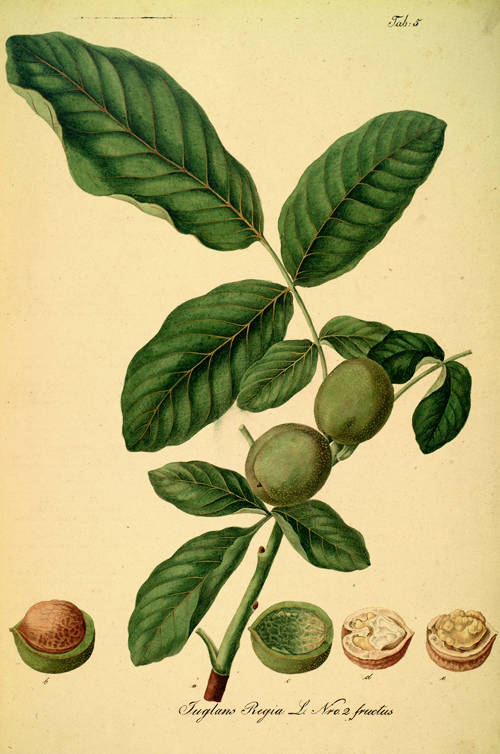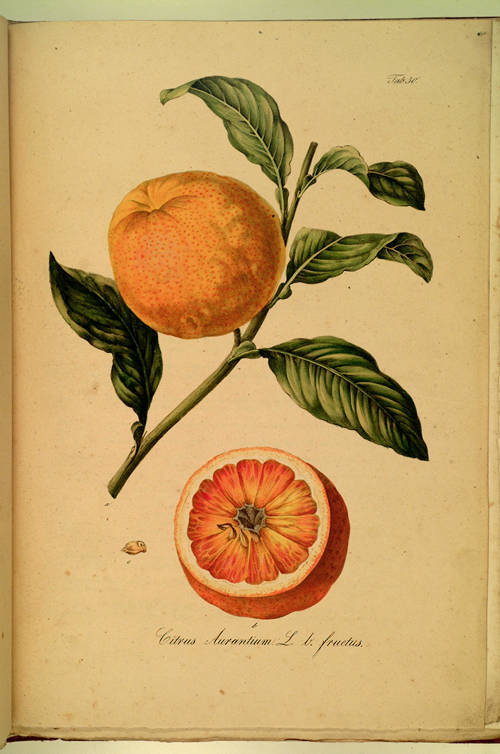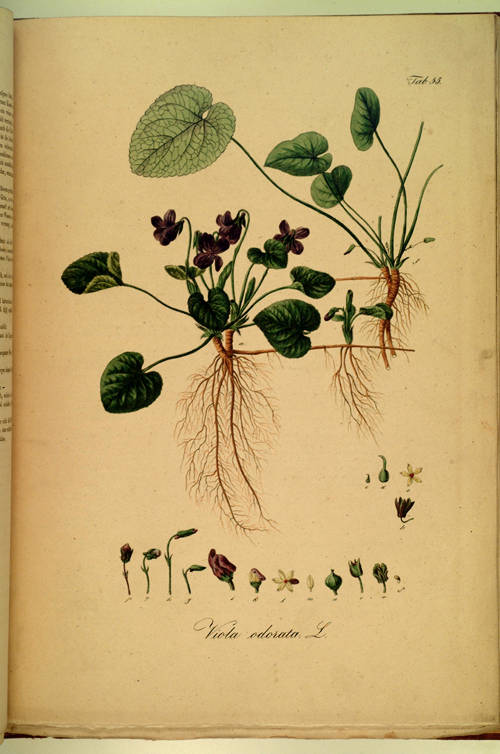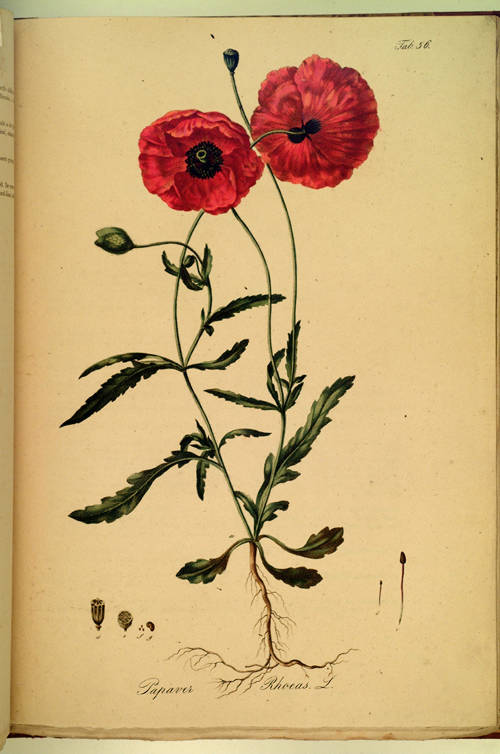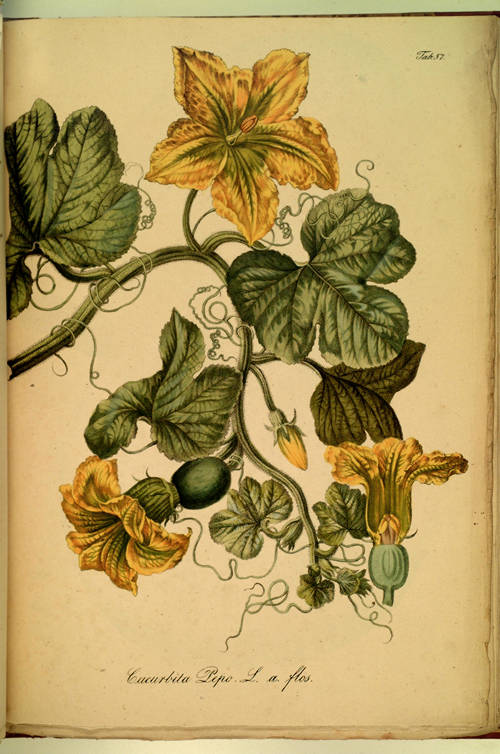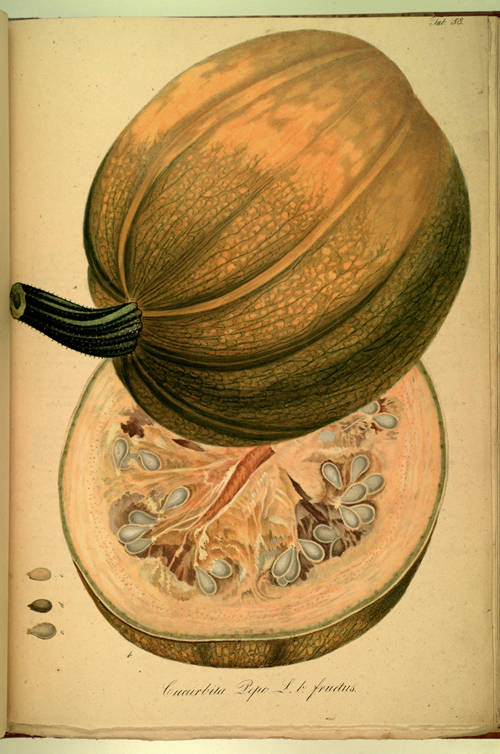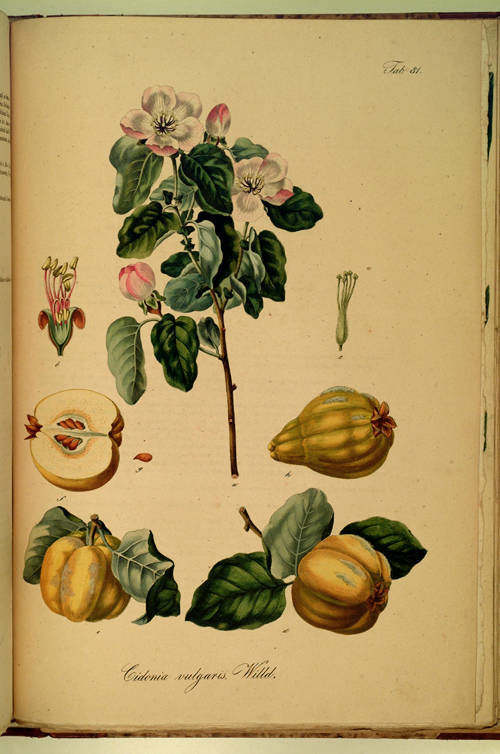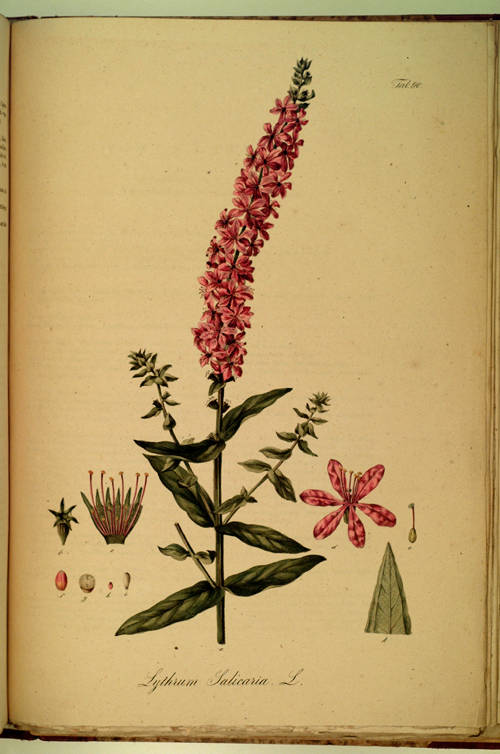Detail book
Pharmaceutisch-Medicinische Botanik, oder Beschreibung und Abbildung aller in der K. K. OsterreichischenPharmacopoe vom jahre 1820 Vorkommenden Arzneypflanzen, in botanischer, pharmaceutischer, medicinischer, historischer und chemischer beziehung, mit
Farmaceutica Erbari
![]() A work based principally on images, which are distinguished by the fine workmanship and wealth of design detail and by a coloring rich in tonalities and subtleties. Each is accompanied by a descriptive catalogue that, despite its brevity, allows the author to make comparisons, draw parallels and give bibliographical references. The text adopts Linnaeus’s binomial system and each monograph bears the name of the species. The Latin name is followed by the German, Italian, Hungarian and Slavic names. There follows the systematic location in prior classifications (Linnaeus, De Jussieu, etc.), botanical and pharmaceutical synonyms, general characteristics, and special characteristics pertaining to the most significant morphological data. The medicinal indications are interesting. There is a section in which the active planRegarding Thymus serpyllum, for instance, the author cites Herba syrpylli as well as Aqua Serpylli, Oleum Serpylli aethereum, Spiritus Serpylli, Species Resoventes, Aqua vulneraria vinosa, Unguentum aromaticum and so forth. Each monograph closes with the chemical composition of the species. Also included are exotic species such as Eugenia caryophyllata (cloves) or Myroxylon peruiriferum (Balsam of Peru) or Theobroma cacao (cacao), but, as mentioned above, the most impressive part of the work is constituted by the 249 splendid color plates, which are also of scientific import since they depict detailed particulars of the structure of flowers, fruits and occasionally roots.
A work based principally on images, which are distinguished by the fine workmanship and wealth of design detail and by a coloring rich in tonalities and subtleties. Each is accompanied by a descriptive catalogue that, despite its brevity, allows the author to make comparisons, draw parallels and give bibliographical references. The text adopts Linnaeus’s binomial system and each monograph bears the name of the species. The Latin name is followed by the German, Italian, Hungarian and Slavic names. There follows the systematic location in prior classifications (Linnaeus, De Jussieu, etc.), botanical and pharmaceutical synonyms, general characteristics, and special characteristics pertaining to the most significant morphological data. The medicinal indications are interesting. There is a section in which the active planRegarding Thymus serpyllum, for instance, the author cites Herba syrpylli as well as Aqua Serpylli, Oleum Serpylli aethereum, Spiritus Serpylli, Species Resoventes, Aqua vulneraria vinosa, Unguentum aromaticum and so forth. Each monograph closes with the chemical composition of the species. Also included are exotic species such as Eugenia caryophyllata (cloves) or Myroxylon peruiriferum (Balsam of Peru) or Theobroma cacao (cacao), but, as mentioned above, the most impressive part of the work is constituted by the 249 splendid color plates, which are also of scientific import since they depict detailed particulars of the structure of flowers, fruits and occasionally roots.
